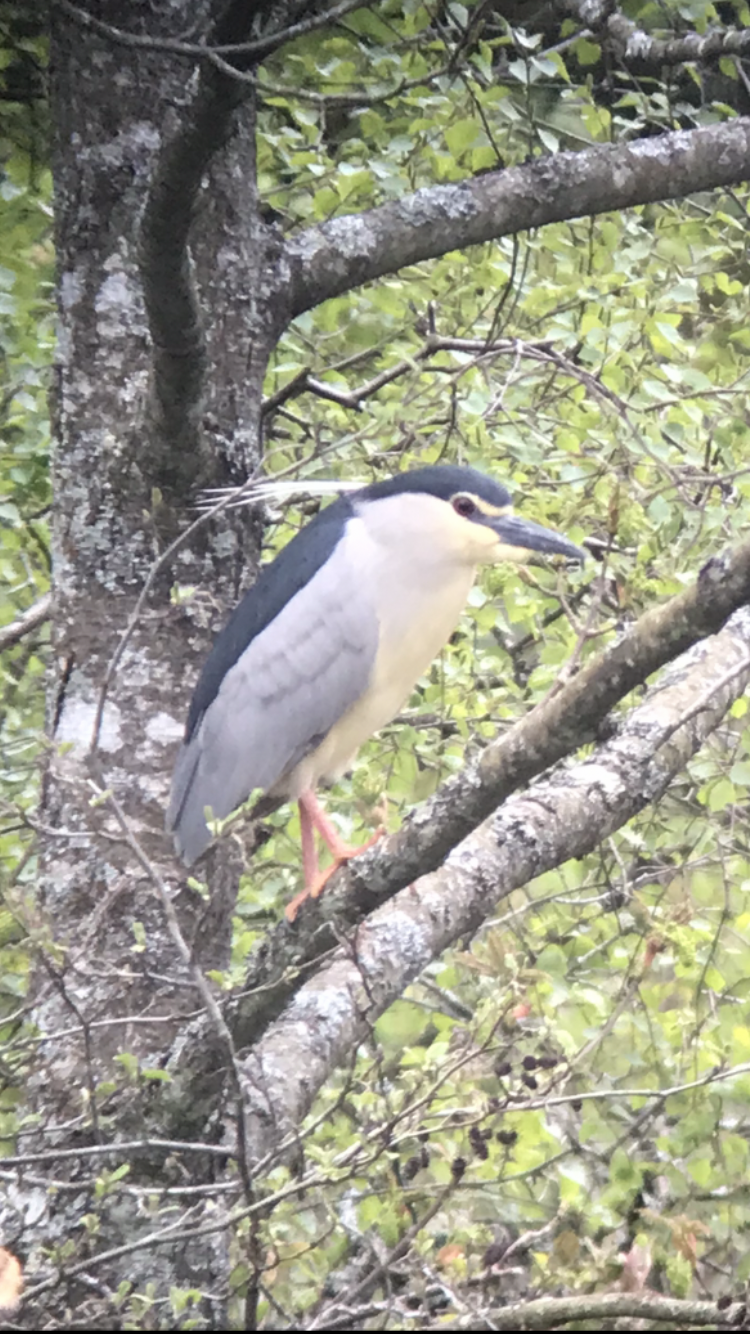You can view this information in two different ways. Our alphabetical list provides information on the status of each species within the harbour, finder dates and names, photos and favoured locations. By clicking on the Systematic List button you will be presented the full Poole Harbour systematic list which includes status of species, pending records and historical accounts.
To date, 333 species have occurred and have been accepted within the Birds of Poole Harbour boundaries. A further 11 distinct subspecies have also been seen. In addition, we have two species/subspecies which have been recorded, but are awaiting acceptance by the appropriate records panel.
There are a handful of historical records, for which there is currently insufficient information to allow their inclusion onto the Poole Harbour list, but are believed to be genuine records. They are listed at the end of the list.
Finally, there are a number of feral or escaped species that have been recorded within the Birds of Poole Harbour boundaries. They are included for completeness, but are not included on the Poole Harbour list.
We would be interested in hearing details of any species that do not appeared on this list.
The Birds of Poole Harbour systematic list is a PDF which you can view by clicking on the button below. It was last updated on December 2019.
Full Poole Harbour Systematic List
Nycticorax nycticorax
Vagrant
This species was dropped from the BBRC list in 2002 due to its increasingly frequent occurrence. It is remarkable that there are so few records in Dorset. There have now been a little more than 20 Dorset records but only 4 in Poole Harbour. Surely more will be found over the coming years, perhaps at Swineham or Little Sea, Studland? Night Heron also now breed (in very small numbers) on the Somerset Levels, so passage birds could also increase. With the last two occurring on May 2nd 2020 and May 3rd 2021, there’s no doubt when to keep your eyes and ears open in Poole Harbour.
1 shot in mid November 1891 near Seymers on Brownsea
Adult on 8th November 1949 at Wareham Water Meadows
1 on May 2nd 2020, 6 calls logged during a night recording session in Poole Town Centre (Mark Constantine and Magnus Robb)
1 on May 3rd & 11th 2021 at Carey Secret Garden in the Piddle Valley, Wareham (M&M Constantine)

© 2025 Birds of Poole Harbour Registered Charity No. 1152615